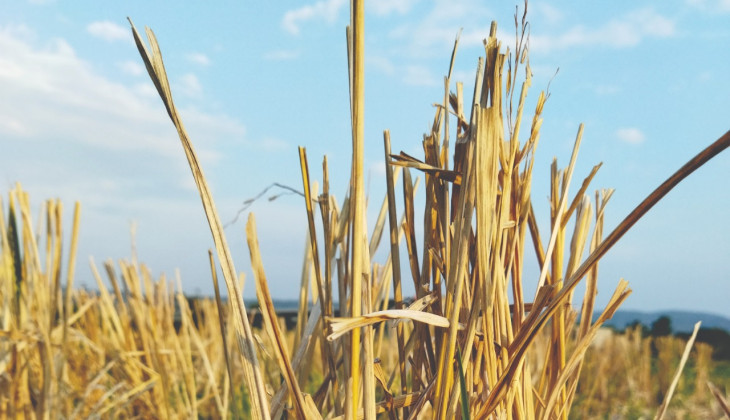

A group of UGM students, Andini Safa Ramadhanty (Dentist Education), Rifqi Alim Dewanto (Dentist Education), Kurnia Salsabila Disyacitta (Pharmacy), and Eria Rosanti Nugrahening Hastami (Biology), researched the potential of rice straw as an antifungal drug in the oral cavity. Supervised by Heriati Sitosari, they conducted a study to explore straw extract potential as an antifungal drug.
Andini explained that the research aimed to find an alternative antifungal oral cavity drug made from natural ingredients with minimal side effects. They take advantage of rice straw, which is widely available in the country but has not been used optimally.
“Rice straw is usually used either for animal feed or just thrown away and burned. Rice straw contains active substances such as phenols, flavonoids, and tannins, developed to be used as antifungal drugs for oral candidiasis,” wrote Tuesday (7/9).
She explained that oral candidiasis is a fungal infection usually caused by fungus Candida albicans in the oral cavity. Treatment of this disease typically uses relatively expensive synthetic drugs and has many side effects for sufferers. Recently, there have been cases of resistance to commonly used drugs due to overuse or the absence of doctor’s supervision. Therefore, the team investigated the potential of rice straw as an alternative to antifungal drugs for oral candidiasis.
Eria added that manufacturing antifungal drugs is done by extracting rice straw. Then, the rice straw extract is dried and ground to a powder. The preparation was then immersed in an ethanol solution for 24 hours to obtain thick extracts.
From the viscous extracts, the team carried out various tests such as the growth inhibition test and the attachment of Candida albicans ATCC 10231 to the tooth surface and materials commonly used in dentistry. Some of them are composite resins, beach resins, and glass ionomer cement.
“The result showed increased concentration of straw extracts, the more significant the inhibition of growth and attachment of the fungus Candida albicans,” she explained.
This showed that the phenol, flavonoid, and tannin content of rice straw extracts has antifungal potential. Based on the results of molecular docking, the 14-α-demethylase molecule, or also known as 5TZ1 from C. albicans, can interact with ligands of various phenolic compounds, flavonoids, and tannins present in rice straw extracts.
“This research is expected to be developed further and produce alternative antifungal drugs for oral candidiasis,” she concluded.
Source: https://www.ugm.ac.id/id/berita/21645-jerami-padi-potensial-sebagai-obat-antijamur



